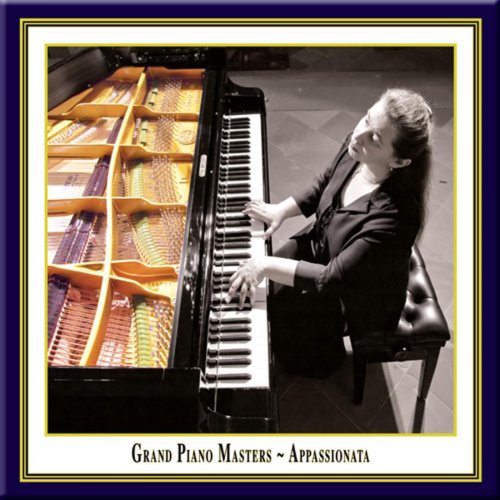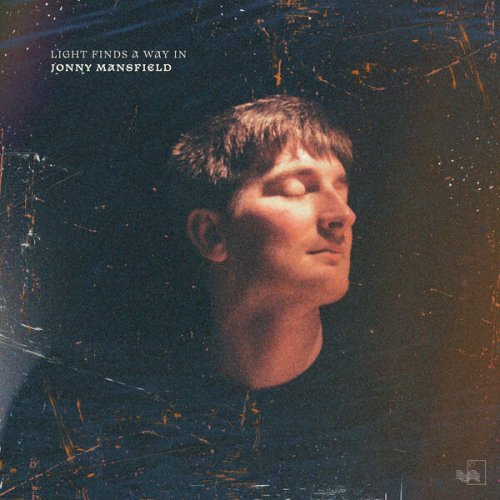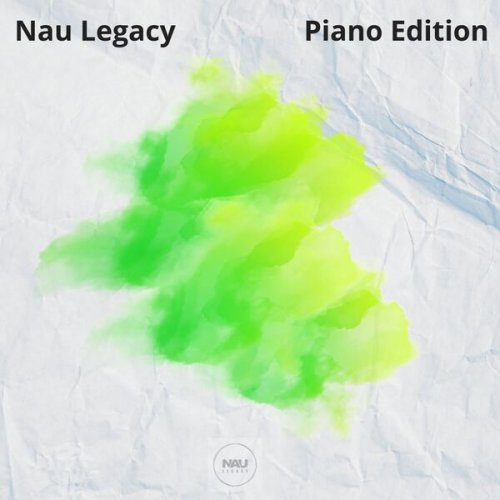Lilya Zilberstein - Grand Piano Masters: Appassionata (2011) [Hi-Res]

Artist: Lilya Zilberstein
Title: Grand Piano Masters: Appassionata
Year Of Release: 2011
Label: K&K Verlagsanstalt
Genre: Classical
Quality: FLAC (tracks) [96kHz/24bit]
Total Time: 51:14
Total Size: 0.99 GB / 247 MB
WebSite: Album Preview
Tracklist:Title: Grand Piano Masters: Appassionata
Year Of Release: 2011
Label: K&K Verlagsanstalt
Genre: Classical
Quality: FLAC (tracks) [96kHz/24bit]
Total Time: 51:14
Total Size: 0.99 GB / 247 MB
WebSite: Album Preview
Piano Sonata No. 2 in A major, Op. 2 No. 2
01. I. Allegro vivace (Live)
02. II. Largo appassionato (Live)
03. III. Scherzo. Allegretto - Trio (Live)
04. IV. Rondo. Grazioso (Live)
Piano Sonata No. 23 in F minor, Op. 57 'Appassionata'
05. I. Allegro assai (Live)
06. II. Andante con moto (Live)
07. III. Allegro ma non troppo - Presto (Live)
The "Grand Piano Masters" series title for this disc may seem a little bit of a stretch when applied to the only moderately well-known Russian-born pianist Lilya Zilberstein, but she lives up to the billing here with Beethoven performances that can stand with anything on the market. The disc is a product of Germany's K&K label, which specializes in live performances held in historically significant, if not acoustically appropriate, locations. Here they manage both. The Castle Church of Bad Homburg offers a fine ambience for piano music in general and for Zilberstein's muscular, dynamic style in particular. The disc offers the first half of a live concert whose date is localized only to October 2007; the second half was devoted to music of Brahms. At 52 minutes the program is short, but it is complete in itself, and one wants to hear the other disc if only to find out whether Zilberstein can sustain the intensity level from this half. Zilberstein has managed to devise fresh, fully realized interpretations of these two sonatas; no small feat, especially in the case of the ubiquitous Piano Sonata No. 23 in F minor, Op. 57, "Appassionata." Hear Zilberstein's exquisite shaping of the work's brooding opening page. The Beethovenian short-short-short long motif that plays such an important role in binding the music together is introduced in the shadows, but soon enough emerges as an exclamation with sufficent force to propel the main theme through its numerous harmonic transformations. The level of tension in the entire sonata is remarkable; even the middle movement seems to seethe with repressed energy. The early Piano Sonata No. 2 in A major, Op. 2/2, is equally strong, with a unique rhythmic conception of the main theme. The booklet is the one weak spot, with flowery phrases describing the recording project that somehow transmit very little real information, unsuccessfully artsy photos, and notes on the music cribbed from other publications. But just sit and listen: even among all the Beethoven sonatas on the market, this one stands out.
![Xavi Torres - Amsterdam Magic (2025) [Hi-Res] Xavi Torres - Amsterdam Magic (2025) [Hi-Res]](https://www.dibpic.com/uploads/posts/2025-12/1766061682_cover.jpg)
![NYO Jazz - Live in Johannesburg (Live) (2025) [Hi-Res] NYO Jazz - Live in Johannesburg (Live) (2025) [Hi-Res]](https://www.dibpic.com/uploads/posts/2025-12/1765894703_zwp14vk90corb_600.jpg)




![Sibel Köse Septet - In Good Company (2025) [Hi-Res] Sibel Köse Septet - In Good Company (2025) [Hi-Res]](https://www.dibpic.com/uploads/posts/2025-12/1765846644_uizwujac4ht2d_600.jpg)
![Eshon Burgundy - Safe Place (Bossa Nova Jazz) (2025) [Hi-Res] Eshon Burgundy - Safe Place (Bossa Nova Jazz) (2025) [Hi-Res]](https://www.dibpic.com/uploads/posts/2025-12/1766079194_cover.jpg)
